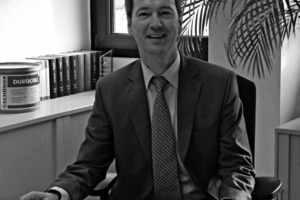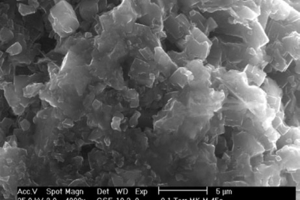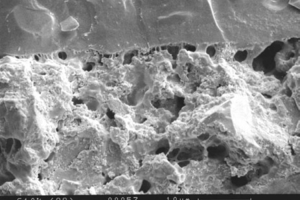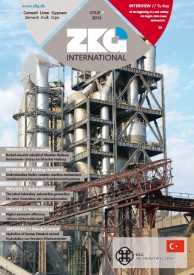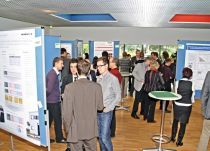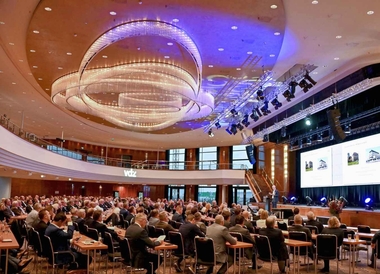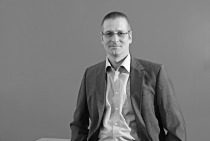Scientific understanding of highly complex reaction mechanisms
Every year, the “Bauchemie” Building Chemistry Conference brings together building chemists and other scientists interested in building chemistry and working at the universities, companies, research institutions and industrial associations, to provide them with a platform for presentation of their latest results, professional and personal interchange, and discussion. The first part of the 2011 conference spotlighted the highly interesting focal topic of “Sustainable building materials for the future”. ZKG spoke to Hubert Motzet, Head of Research & Development at AkzoNobel Building Adhesives, and Chairman of the GDCh Building Chemistry Specialist Group, on developments in building chemistry.
ZKG: Dear Mr. Motzet, what are the main current topics in building chemistry?
Hubert Motzet: Building chemistry is a discipline in which fundamental research and practical application interact closely. The predominant topics in research, development and application mirror those on which our society is currently focussing. Discussion is at present dominated by the subject of climate change and its consequences. On the one hand, how are we to react to climate change and, on the other hand, ameliorate its effects. Building activity generates enormous flows of material and energy, with the result that material-related aspects are the prime focus of building chemistry. How can we develop building materials with lower greenhouse potentials? How can we reduce the volume of building materials used by increasing their efficiency and productivity? The challenge for building chemistry is that of supplying building materials with an exemplary ecological balance and thus making climate-friendly building possible.
ZKG: To what extent can the virtually universal demands for sustainable and innovative building materials be met?
Hubert Motzet: The German and European building chemicals industry leads the world in technology. Cost pressure, regulatory conditions and the high expectations of project clients provide an extremely great incentive for the development of highly efficient, durable innovative products. Questions of sustainability and climate protection now enjoy equal ranking with functionality and the cost framework. Our society always searches for the best green solutions. People wish to enjoy comfort and convenience with an easy conscience. Much research activity is concerned with the development of cements with lower CO2 emission potential, a target which leads us via the widely used composite cements, in which Portland cement clinker is partially replaced by latently hydraulic components, up to and including radically new mineral binders. Such new binder systems necessitate totally new formulation concepts for the dry mix mortar industry, for example.
ZKG: Where and how do you personally view the future of building chemistry?
Hubert Motzet: Specific product development in building chemistry continues even today to be based primarily on empirical data, and proceeds on the basis of “trial and error”. Only in the past few years have we really started to evolve scientific understanding of these highly complex reaction mechanisms. Building chemistry will in future place much greater emphasis on modern analytical and modelling methods. We will need highly qualified young engineers and chemists for this, and this is a task to which we must devote our attention in co-operation between the universities and industry. Product development is progressing from monofunctional to multifunctional building materials – a facade, for example, is nowadays required not only to protect against the elements, but also to regulate building temperature, repel fouling and bacteria, and also assist in reducing air pollutants.
ZKG: Which binders and active systems do you consider the most promising here?
Hubert Motzet: The question of the availability of feed materials is always topical, in view of the immense flows of matter needing to be moved in construction. The decline in steel production in Germany in 2009 meant that granulated blast furnace slag, an important source for the production of composite cements, suddenly became scarce. From a present-day point of view, we will need, primarily, to reduce the consumption of mass building materials by means of smart multifunctional high-performance products. In the field of recycling, we are only at the beginning of the road, as far as genuine recovery of useful materials is concerned. Alternative binder systems will only be able to make a significant contribution to feed materials supplies once we have mastered these two preconditions.
I’m sceptical concerning regenerative feed materials as the basis for organic additives. We will need to make a holistic analysis before deciding whether agricultural land should really be used for energy generation, or as the basis for organic chemical products, or simply for the production of food.
ZKG: Is it possible to discern differences at international level, and if so, which?
Hubert Motzet: It is necessary here to differentiate between the highly developed nations and the threshold nations. The focus in the developed countries is on the performance, efficiency and sustainability of the building materials, and on the comfort and convenience of the user, whereas the demand in threshold countries is, primarily, for simple, robust and, above all, affordable solutions. You will, of course, also find differences in building techniques and methods in the various climate zones and regional traditions. We Germans demand robust and highly durable structures and buildings, whereas the lowest-cost solution for a foreseeable period is the criterion in many other parts of the world. Massively constructed buildings require building materials different to those used where wooden structures predominate, for example.
ZKG: What will be the main emphases and the prime topics for the next Bauchemie conference in Switzerland?
Hubert Motzet: The next Bauchemie conference is to be held at the EMPA Dübendorf in Switzerland, on October 11 and 12, 2012. One particular emphasis there, again, will be the subject of sustainable building materials. The technical group committee has made this subject the focus of its activities for the complete 2010 to 2014 period; we will, therefore, also be organising a workshop highlighting precisely this topic in the spring of 2013.
The activities of the working groups on thermodynamic modelling in building chemistry led by Dr. Frank Winnefeld and Dr. Barbara Lothenbach from the EMPA Dübendorf will be reported in 2012.
ZKG: Many thanks for the interview.

